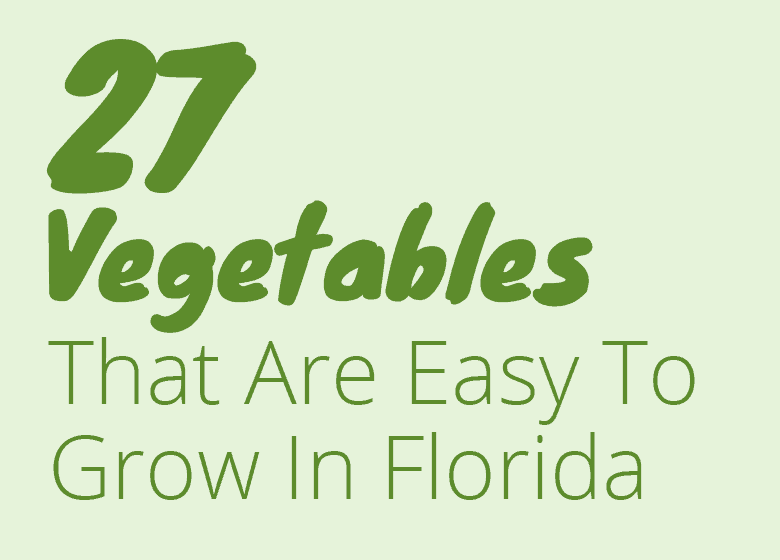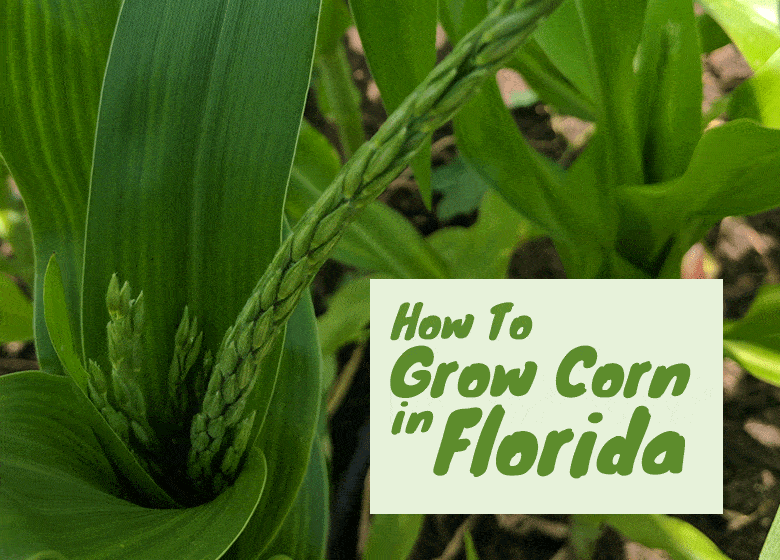
I’ve had great success growing corn in Florida, but there are a few challenges.
The best time to plant corn in Florida is August through April. Corn likes full sun and rich soil. Florida friendly varieties of corn are Silver Queen, How Sweet It Is, and Early Sunglow. Corn is usually ready for harvest between 60-90 days after planting.
Florida, surprisingly, accounts for 20% of the nation’s fresh market sweet corn.
Sweet corn is the best-tasting variety of corn that you can grow. Sweet corn can come in white or yellow.
You can maximize space in your garden by interplanting other vegetables with corn. Plant things that bush out to act as a living mulch and also plant things that climb up to use the corn as a trellis.
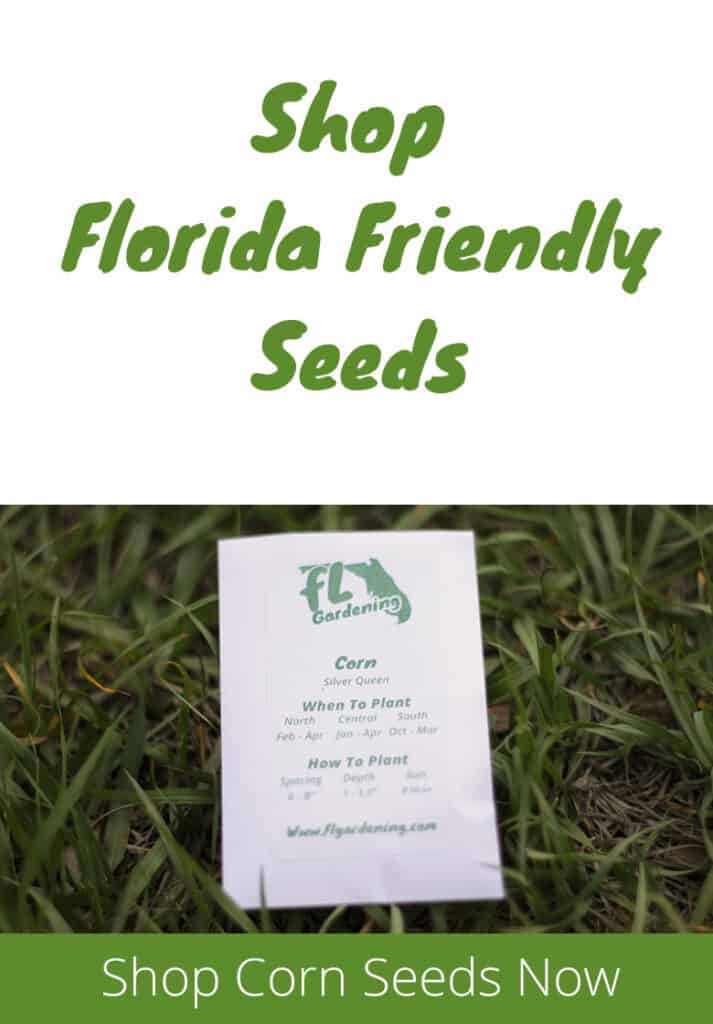
When To Plant Corn In Florida
The ideal time to plant corn in Florida is fall and spring. Generally, the best time to plant corn is from August through April. This time can vary depending on what part of the state that you live in.
| North Florida | February – April |
| Central Florida | January – April |
| South Florida | October – March |
if Temperatures drop below 41F or rise above 95F corns growth will be stunted. In north (and some parts of central) Florida, you will need to wait for the fear of cold weather to pass. We may only have a few days of weather that will reach below these temperatures but it’s enough to ruin your crop.
Those that live in south Florida don’t really have to deal with cold damage but do have to avoid growing corn in the hottest months of the year.
Best Varieties Of Corn To Grow in Florida
Not all varieties of corn are created equal in terms of taste. Sweet corn has more sugar in it compared to field corn, which is grown for livestock consumption.
Sometimes you will see corn labeled “su”, “se” or “sh2” these are broad terms that take into account lots of different corn varieties and they are the sweetest of all varieties of corn.
| Name | Color | Variety |
| Early Sunglow | Yellow | Su |
| Golden Cross Bantam | Yellow | Su |
| Kandy King | Yellow | Se |
| How Sweet It Is | White | sh2 |
| Silver Queen | White | Su |
Su seems to be the heartier variety but Se and Sh2 varieties have higher sugar content.
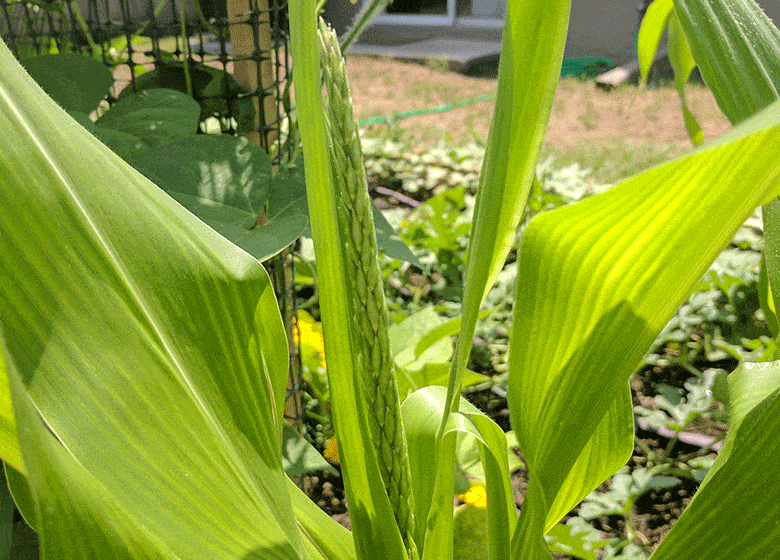
The first time we ever grew corn we chose to grow the Silver Queen variety. It went relatively well for us.
Planting and Caring for Corn
When planting corn it’s important to plant in blocks. You need at least a few rows of corn in order to ensure that proper pollination occurs.
Corn is mostly pollinated by the wind, by planting thick blocks of corn this helps all of the kernels get pollinated. If you just plant one long row of corn you may not see many full cobs on your plant, you drastically lower your pollination chance. It’s best to have a minimum of 4 rows.
Plant seeds 6-8 inches apart and plant the rows about 1 foot apart from each other. In a small square, you can fit a good number of corn plants.
When planting corn you need to also pick a spot that will get at least 6-8 hours of full sun. The more sun the better.
Healthy organic-rich soil is also important. Don’t forget to lay down a thick layer of mulch after planting as well. Mulch will help your garden tremendously.
Corn needs a bit of attention. You must provide corn with plenty of water, you need to fertilize regularly and watch for bugs (more on the most common ones later).
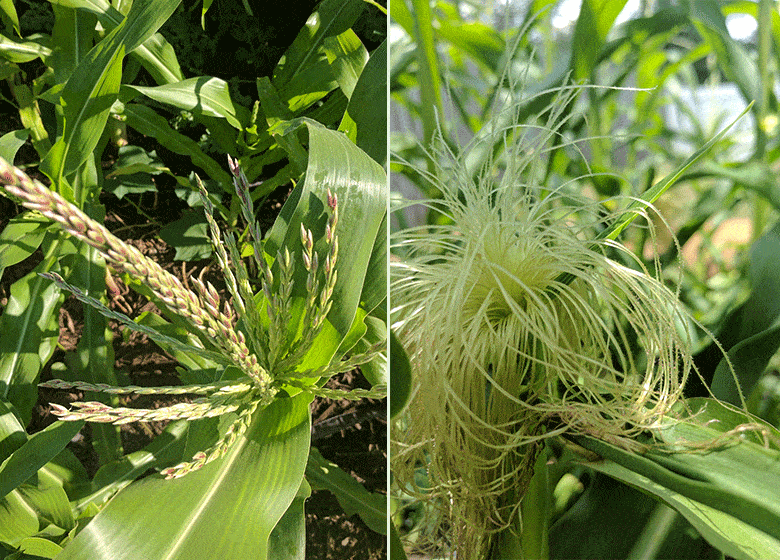
You will notice that silk looking hairs will begin to emerge from your plant. This is how the kernels get pollinated. The tassels that grow above the silks are what drop the pollen down on.
Corn will greatly benefit (as will most veggies) from regular fertilization. A good well-balanced fertilizer will do the trick. Each nutrient does something different for your plant but corn can use them all. Some like Jobe’s Organic Vegetable and Tomato fertilizer would work just fine.
Harvesting Corn
Corn is usually ready for harvest 60-90 days after planting.
A sign that corn is ripe and ready for harvest, is that the once golden blonde silky hairs will be brown. They begin to turn brown from the end and works its way closer to the corn.
After all of the silks are brown, peel back the husk and take a peek, does it look like all the kernels are formed? If so pick the ear and cook it right away.
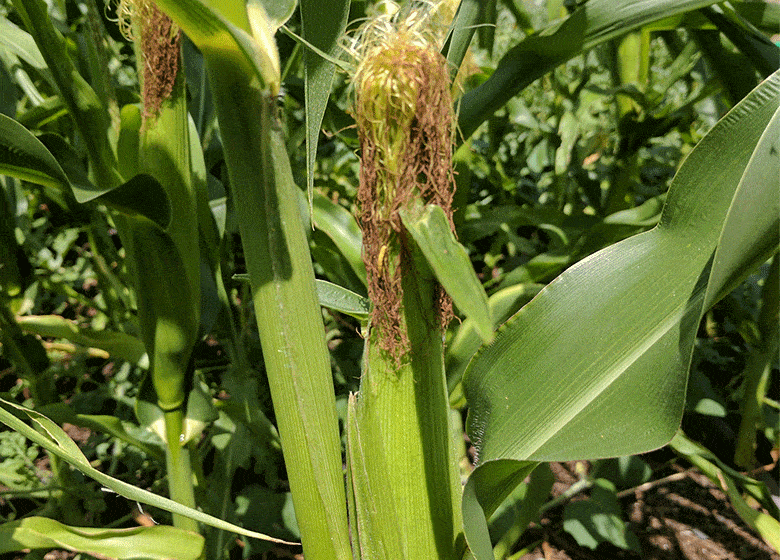
After harvesting, corn does not stay sweet for very long. Science happens, and sugars are converted to carbs inside the kernels. The ear loses it’s sweetness.
It’s best to pick it and cook it on the same day.
Common Corn Pests
The most common pests you will see on corn are Fall armyworms and the corn earworm I’m a big fan of planting a diverse garden in order to draw in healthy bugs that balance your garden’s eco system.
Even though we took this approach when planting our garden we still fought off some of these bugs with chemical controls.
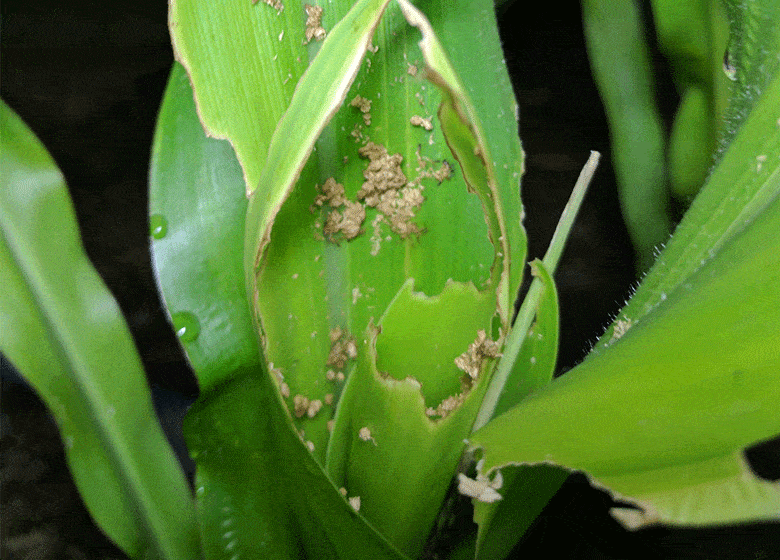
Both of these worms attack your plant in the same way. They eat your plant before you get to. They eat the leaves, and burrow into the ears of corn. A good organic chemical control is B.t. (Thuricide).
This will kill ANY caterpillars or worms that ingest plant material that has been sprayed with B.t. That means good and bad bugs. So spray with caution.
Grow Corn In Florida
- The Best time to plant corn in Florida is Between August and April.
- Florida friendly varieties of sweet corn are Silver Queen, How Sweet It Is, and Early Sunglow.
- Plant in blocks of at least 4 rows. Give each plant 6-8 inches of space and plant rows 1 foot apart.
- Plant in full sun. Water and fertilize regularly.
- Harvest 60-90 days after planting. A sign your corn is ready for harvest is when the silks turn brown.
- Watch out for Armyworms and corn earworms.
You will probably also like
